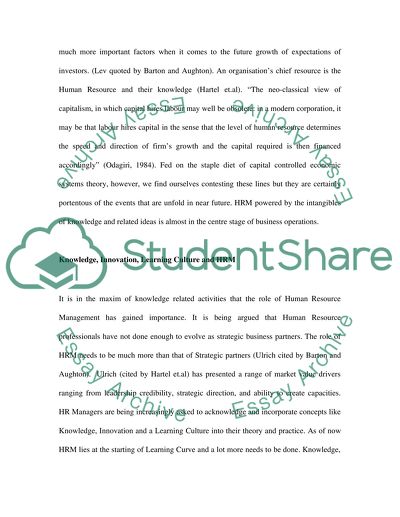Cite this document
(Knowledge, Innovation and Developing a Learning Culture Assignment, n.d.)
Knowledge, Innovation and Developing a Learning Culture Assignment. Retrieved from https://studentshare.org/sociology/1545269-hrm-theory-and-research-essay
Knowledge, Innovation and Developing a Learning Culture Assignment. Retrieved from https://studentshare.org/sociology/1545269-hrm-theory-and-research-essay
(Knowledge, Innovation and Developing a Learning Culture Assignment)
Knowledge, Innovation and Developing a Learning Culture Assignment. https://studentshare.org/sociology/1545269-hrm-theory-and-research-essay.
Knowledge, Innovation and Developing a Learning Culture Assignment. https://studentshare.org/sociology/1545269-hrm-theory-and-research-essay.
“Knowledge, Innovation and Developing a Learning Culture Assignment”, n.d. https://studentshare.org/sociology/1545269-hrm-theory-and-research-essay.


